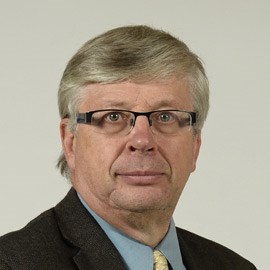When it comes to which parties are running up big debt, the numbers speak for themselves.
Let us be clear that no party holds the monopoly on big spending.
While the Roy Romanow/Lorne Calvert New Democrats were rather tight-fisted, their government also made bone-headed investments in U.S. high-tech and growing potatoes that cost Saskatchewan taxpayers millions of dollars.
That said, its combination of cuts and high taxes did bring public debt back down to around $10 billion by the time the Calvert government was voted out in 2007.
Similarly, the Tommy Douglas government of the 1940s, ‘50s and ‘60s, along with the Allan Blakeney government of the 1970s did balance the books, at least when it came to the general revenue fund.
However, their governments’ penchant to invest heavily in Crown Corporations like the Potash Corporation of Saskatchewan ultimately meant higher taxes and not saving money we might otherwise have had in a heritage fund.
But accumulated public debt was actually rather minimal under Douglas and Blakeney, a stark contrast to what’s happened under the right-wing Progressive Conservatives of 1980s and the Saskatchewan Party of today.
In the case of the Grant Devine PCs, it was an added billion dollars a year in public debt for the entire decade of its existence.
Not only did it fail to present a single balanced budget, it also added massive Crown debt through spending in areas like the old Saskatchewan Economic Development Corporation (Sedco) and mega-projects in the major utility Crowns.
In fairness, this big spending did have its positive elements.
Massive agricultural spending kept farmers on the land in drought years and we all benefited from huge tax breaks like the (temporary) elimination of the gas tax.
Similarly, public investment in natural gas lines and the Rafferty-Alameda/Shand projects kept us warm and kept the lights on.
But we have all wound up paying for public debt that increased from about $3 billion when the PCs entered office to $13 billion when they left.
Of course, debt went down to as low as $7.9 billion in the early days of the Sask. Party under Premier Brad Wall during the high oil and potash prices a decade ago.
However, since then unbalanced budgets and borrowing for big capital spending has us headed towards an expected $22.8 billion debt by 2021.
Yes, Wall and current Premier Scott Moe have also delivered new hospitals, schools and highways. But the Sask. Party is also now on track for an added billion dollars a year in debt.
Recently, the Sask. Party cabinet authorized, through an order-in-council, the power to borrow up to $6 billion if “the general revenue fund is or will be insufficient to meet the charges and expenses”.
This follows $1.7 billion in borrowing from the open markets in the last Ken Krawetz budget and the first Kevin Doherty budget around the time of the 2016 election.
The Sask. Party government insisted this was no big deal and still take that approach.
In a recent tweet, Wall noted Saskatchewan continues to have the second-lowest debt-to-GDP ratio, did receive a AAA rating and had reduced operating debt.
The problem is, comparing yourself with the bad record of other provinces is a weak argument. And lower operating debt and improved borrowing rating will not last as deficit budgets and operating debt mount.
That this government loves capital spending — $1.6 billion on capital projects in 2018-19 alone that will contribute to $2.3 billion to more debt this year — is obviously one problem.
But more borrowing now adding to rising public debt is a far bigger problem the government must start to take seriously.
Notwithstanding their rhetoric, conservative-minded governments just haven’t been all that conservative when it comes to debt.



